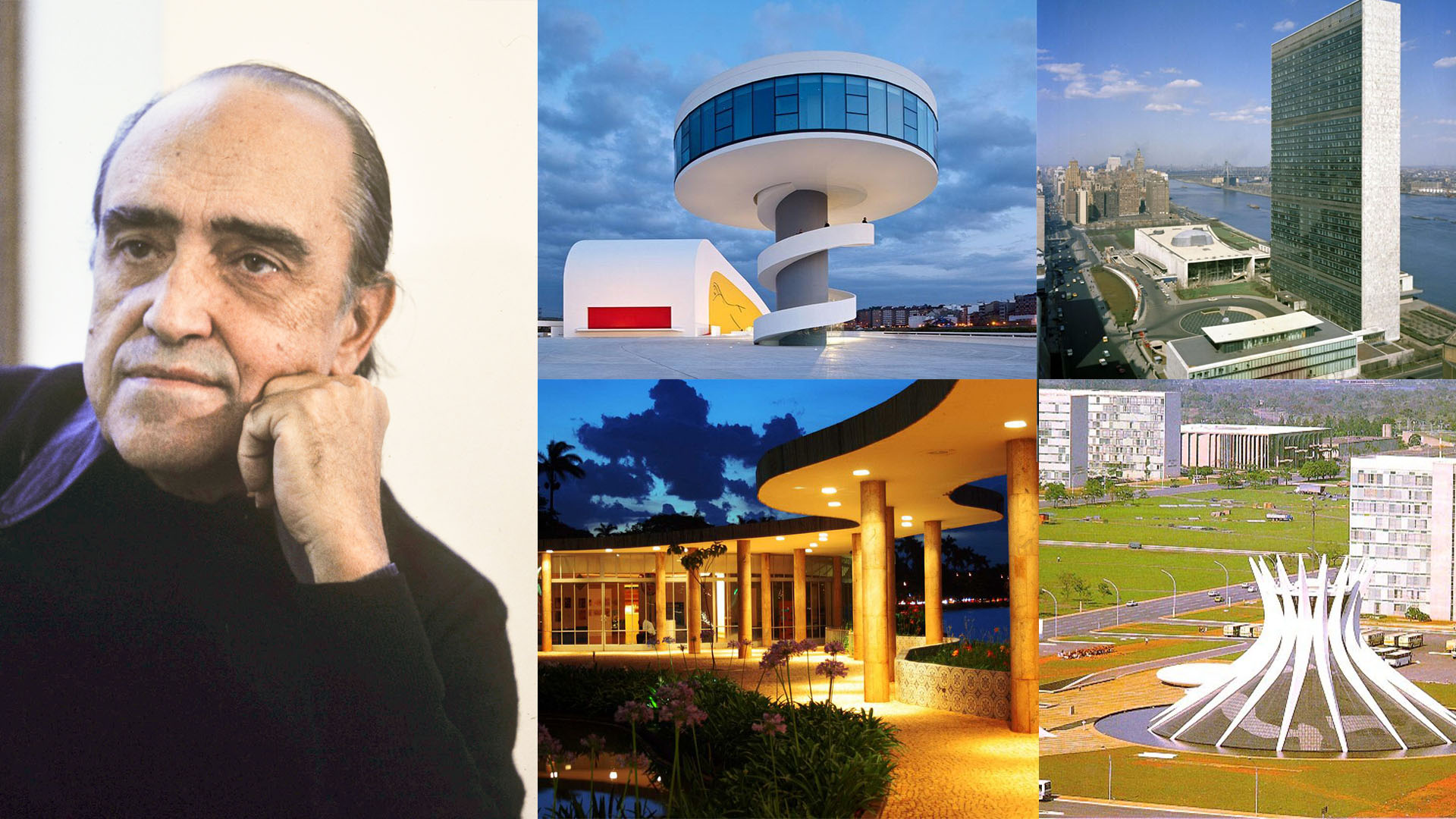Although coffee has been grown in India since the 16th century, the concept of coffee houses or shops gained popularity in the 18th century in Chennai and Kolkata. After that during the 1890s, the concept of an ‘Indian Coffee House’ was formed. These coffee houses became a chain and started during the British Rule. The Indian Coffee House chain was started by the Coffee Cess Committee in 1936 with its first outlet opened in Bombay.

Source – Wikipedia and arkistudentscorner
Constructed in 1958, the Indian Coffee house is peculiar to the Neo-vernacular architectural style. Designed by Laurie Baker it is a trademark of his style of using sustainable and locally available materials. The Indian Coffee House is a prominent trademark on the Thampanoor area of Trivandrum, Kerala because it lies in between a railway station as well as a bus terminal.
Also, read another article – Pioneer of Modern Architecture: Corbusier
Features of Indian Coffee House
The form of the building is unconventional because it is a cylindrical brick-red spiral continuing for all the floors and terminating in a smaller cylindrical volume on the top. The building is conceived as a continuous spiral ramp, with a central circular service core. This gives a very unsymmetrical balance to the whole structure. The building has a perforated brick screen or better known as brick jaali walls which utilize natural air movements to cool down the interiors. These brick perforations also create patterns with light and shadow.
Brick
Brick is a locally available material in and around Trivandrum. It has the ability to absorb and release moisture. Therefore, it helps to regulate temperature and humidity inside the building. The building has load-bearing curved walls that enclose more volume at a lower material cost than straight walls. Moreover, brick also has the advantage of being fire resistant and better sound insulation.

Source – Source – arkistudentscorner
The entire building painted over exposed brickwork with white in the interiors and brick-red on the exteriors. The slab is resting on a small brick arch which serves as legs.
The building is constructed using Rat Trap Bond rather than the usual English bond because it creates a cavity wall which is an added advantage of thermal comfort. Furthermore, it also reduces 15% of the construction cost without compromising on the quality or overall strength.
Jaali at Indian Coffee House
Jaali facades are used in construction because they are a better substitute for glass windows as the climate of Trivandrum is hot and dry with extremely high summer temperatures. The small voids in the walls bring in subdued light and also provides for cool ventilation. In addition, it also prevents the entry of rain into the interior of the building.

Source – Source – arkistudentscorner
Also, read the related article – Design Harmony in Nature – Falling waters, Pennsylvania
Stack Effect
The cylindrical building consists of two concentric circles in the center. The inner smaller circular core is a narrow vertical shaft that is open on top and consists of openings at different levels. Therefore, it provides ventilation to the central areas. Moreover, it creates the stack effect that causes air infiltration in the entire core of the building. During summers, the warm air rises up through the building and escapes at the top either through open windows or ventilation openings. The rising warm air draws in the cold air either through the open doors, windows, and other openings. The same stack effect reverses during the winter season.
Interior
Built on a horizontal platform, the seating modules rise on height with the ramp because this allows for the maximum usage of space. The seating is built into the building. The kitchen is on the ground floor and also has a separate service entrance.

Source – Source – arkistudentscorner
Impression and Appreciation
When Laurie Baker first came to India, he had to revise his architectural style while designing the Indian Coffee House with the use of traditional materials. It was a stark and sharp contrast to his usual ideologies of Modernism in the western world. The main design principles of the building predominantly revolve around sustainability and the usage of locally available building materials. Most importantly, what makes a mark for the building is that Laurie Baker has managed to make the most of the site and the climate conditions.
It has been a hub for Communists, Socialists, and even Liberalism Movements for generations. Therefore, it has been in the limelight in the geopolitics of India as most successful political movements started from here.
Most importantly one needs to appreciate Laurie Baker’s masterful intervention on a very small plot of a busy urban area. Although the building solution is bold and unusual, especially for the surroundings, it is one that successfully integrates all the elements of the design program.
The cylindrical form emphasizes the triangular voids, i.e., the absence of windows and the patterned walls give the building a kind of sculptural look and quality. In addition to its sustainable design ecology, one cannot deny the ingenuity and uniqueness of the building in such an urban fabric. Therefore, making the structure one of Laurie Baker’s most well-known works.
Also, read the related article – The Pritzker Architecture Prize 2021
Works Cited
Agrawal, R. (n.d.). Indian Coffee House by Laurie Baker: Neo-Vernacular architecture of India. Retrieved from Re-Thinking the Future: https://www.re-thinkingthefuture.com/case-studies/a2385-indian-coffee-house-by-laurie-baker-neo-vernacular-architecture-of-india/
Bostjan. (2020, October 10). Trivandrum – Indian Coffee House. Retrieved from Architectuul.com: http://architectuul.com/architecture/trivandrum-indian-coffee-house
Laurie Baker. (2021, January 1). Retrieved from Wikipedia, the free encyclopedia: https://en.wikipedia.org/wiki/Laurie_Baker
Sujith. G.S. (2012, January 6). LAURIE BAKER’S INDIAN COFFEE HOUSE, TRIVANDRUM. Retrieved from Blogspot – Architecture Student’s Corner: http://arkistudentscorner.blogspot.com/2012/01/laurie-bakers-indian-coffee-house.html
THAMPANOOR, INDIA INDIAN COFFEE HOUSE. (2011, June 29). Retrieved from Architecture in Development: https://www.architectureindevelopment.org/project.php?id=54
Discover more from archEstudy
Subscribe to get the latest posts sent to your email.

























if you want interior designers then you can visit my website to check the Best interior designer in chandigarh
.